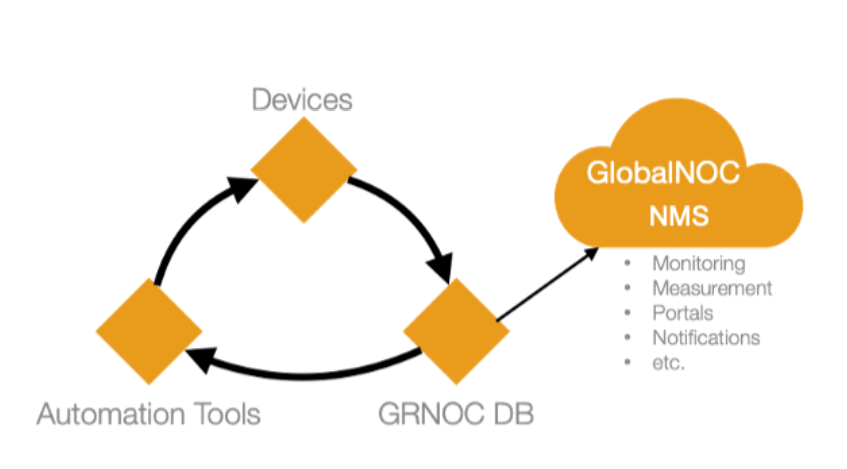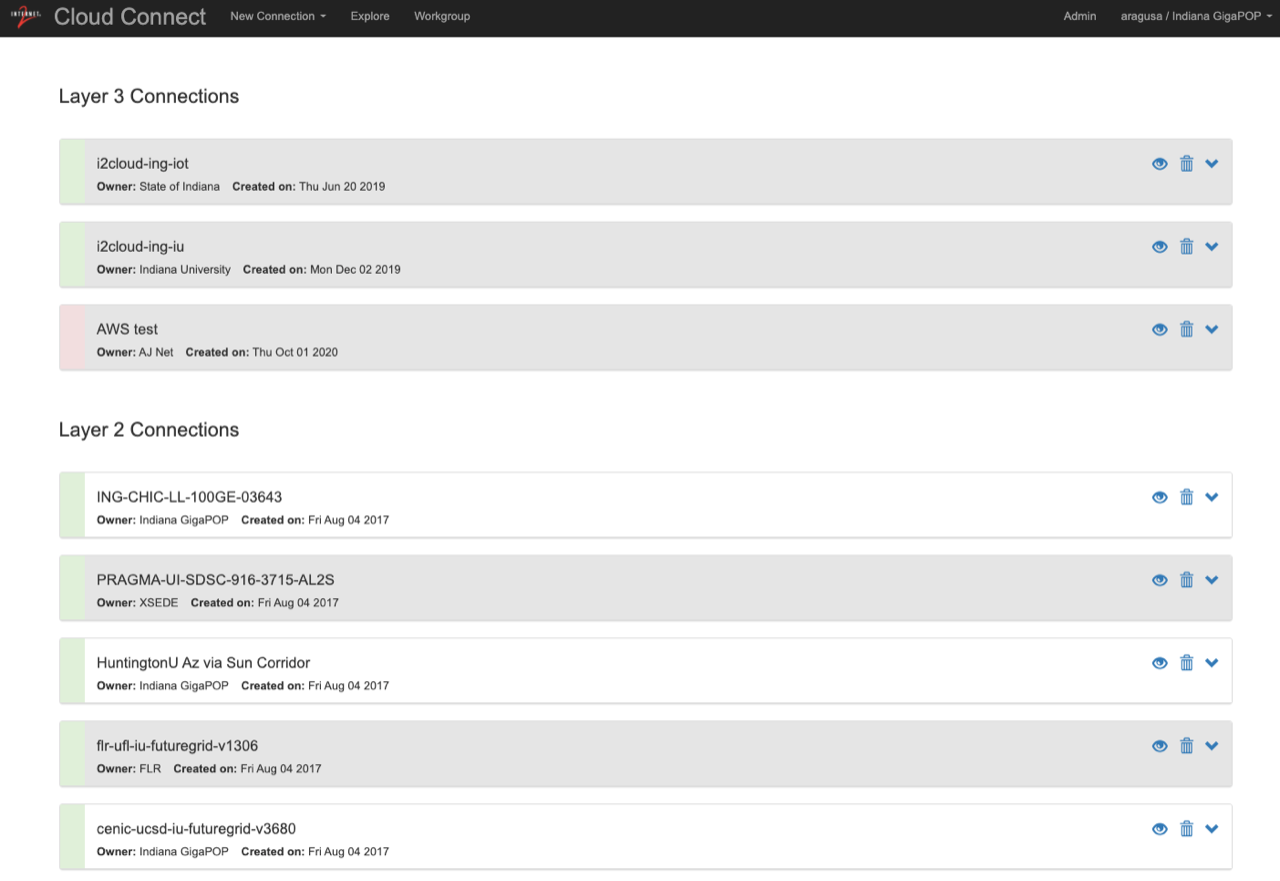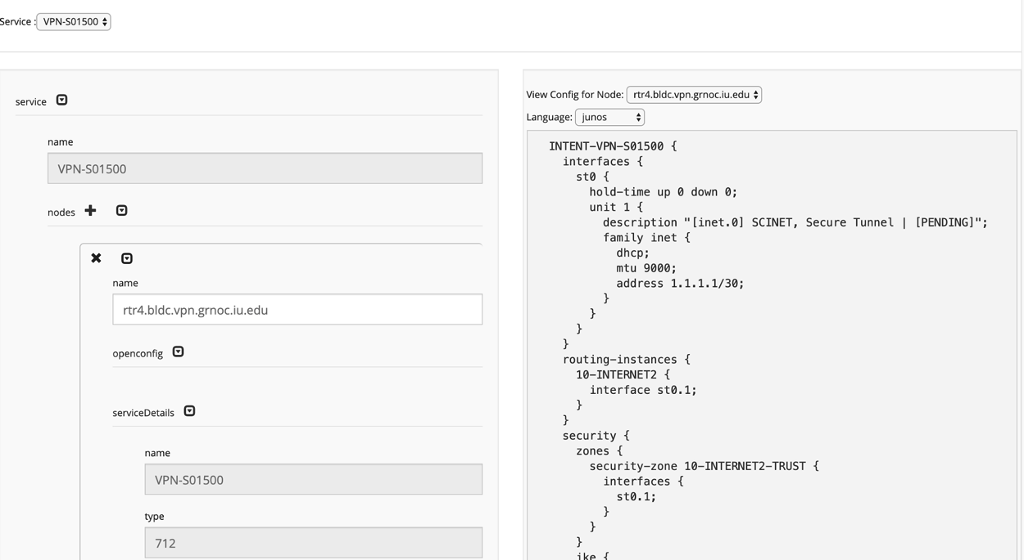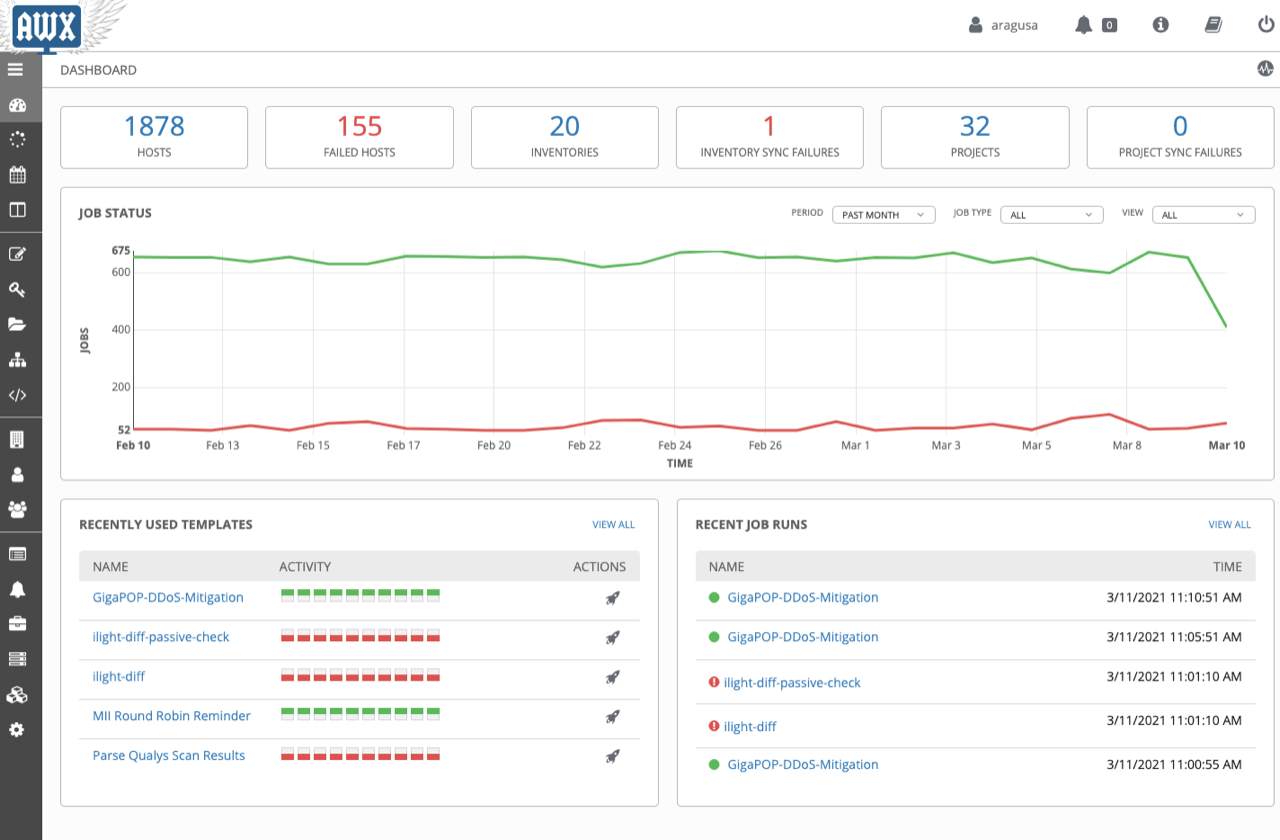In 2020, GlobalNOC made a number of significant enhancements to our operations service and to our network management systems that support it.
Customer portals project
The customer portals project was one of five priorities identified by GlobalNOC leadership for FY20-21. This project will continue to be a focus through the first half of 2021.
The customer portals project provides GlobalNOC’s clients a set of portals, or dashboards, targeting their members and allowing their members to quickly see the overall status of the client’s network plus tailored views of statistics specific to that member’s connection(s) to the client’s network.
These portals draw data from multiple sources such as GlobalNOC’s network measurement, monitoring/alarming, and ticketing systems, and provide an integrated view of this data in one location, personalized to the user.
In 2020, GlobalNOC developed a new “CIO Dashboard” for N-Wave. This dashboard is designed to show a high-level overview of the health of the N-Wave network. It focuses on specific problems that would indicate actual network outages, as opposed to other operational issues (such as high CPU load on a router).
In 2021, GlobalNOC will be adding member-level authentication options to these portals, allowing staff at the member organizations within clients’ networks to log in to these portals and see more sensitive data, such as details of open trouble tickets with GlobalNOC. There are also plans to enable “two-way” functionality, giving these members the ability to do additional tasks, such as update the contact information GlobalNOC keeps on file with them through one of these portals.
Portal Gallery

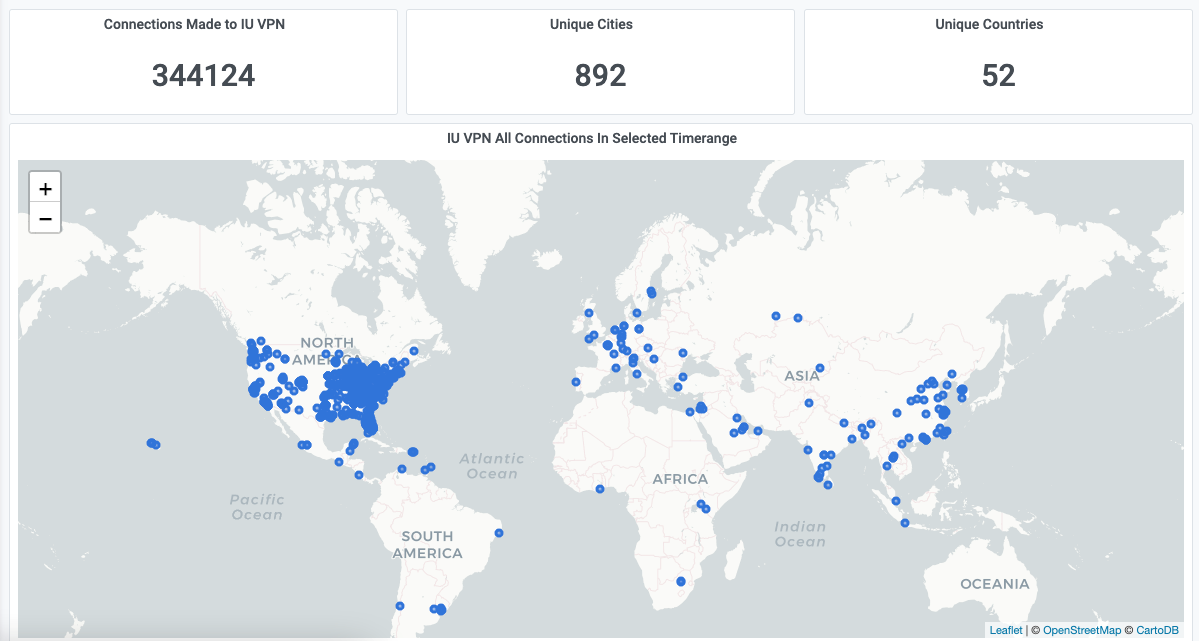
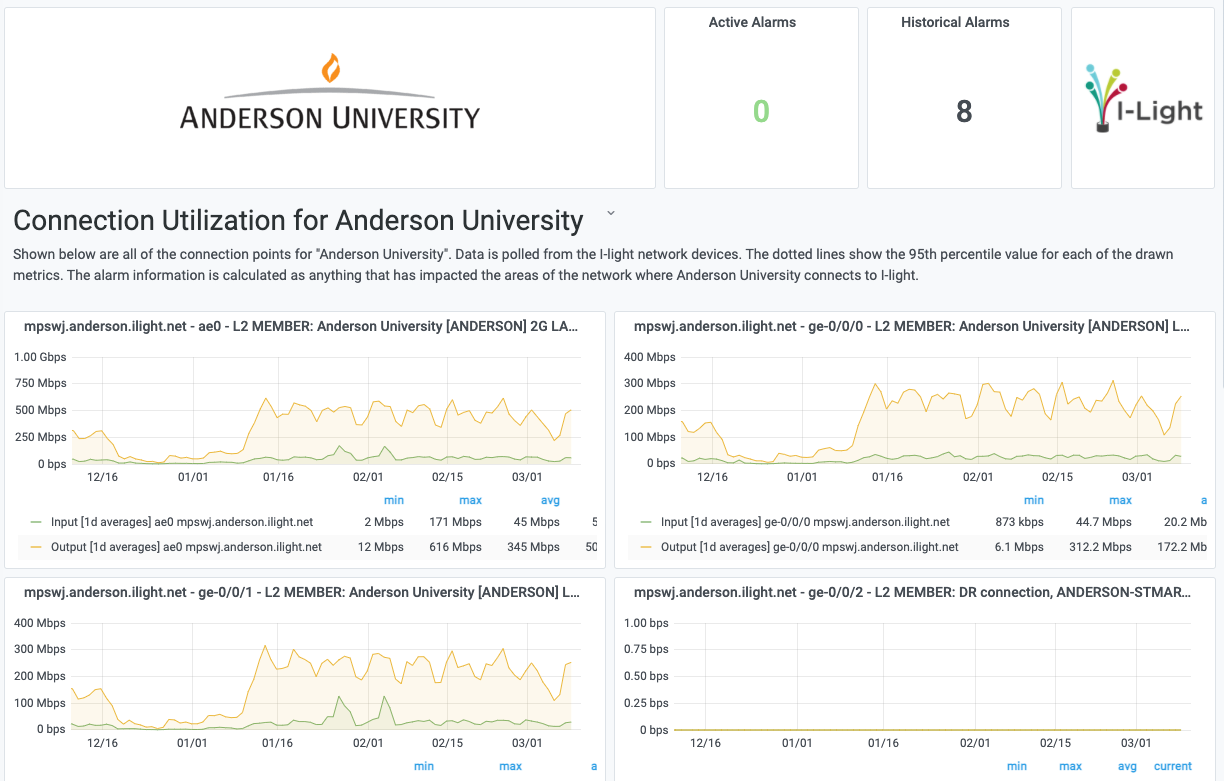
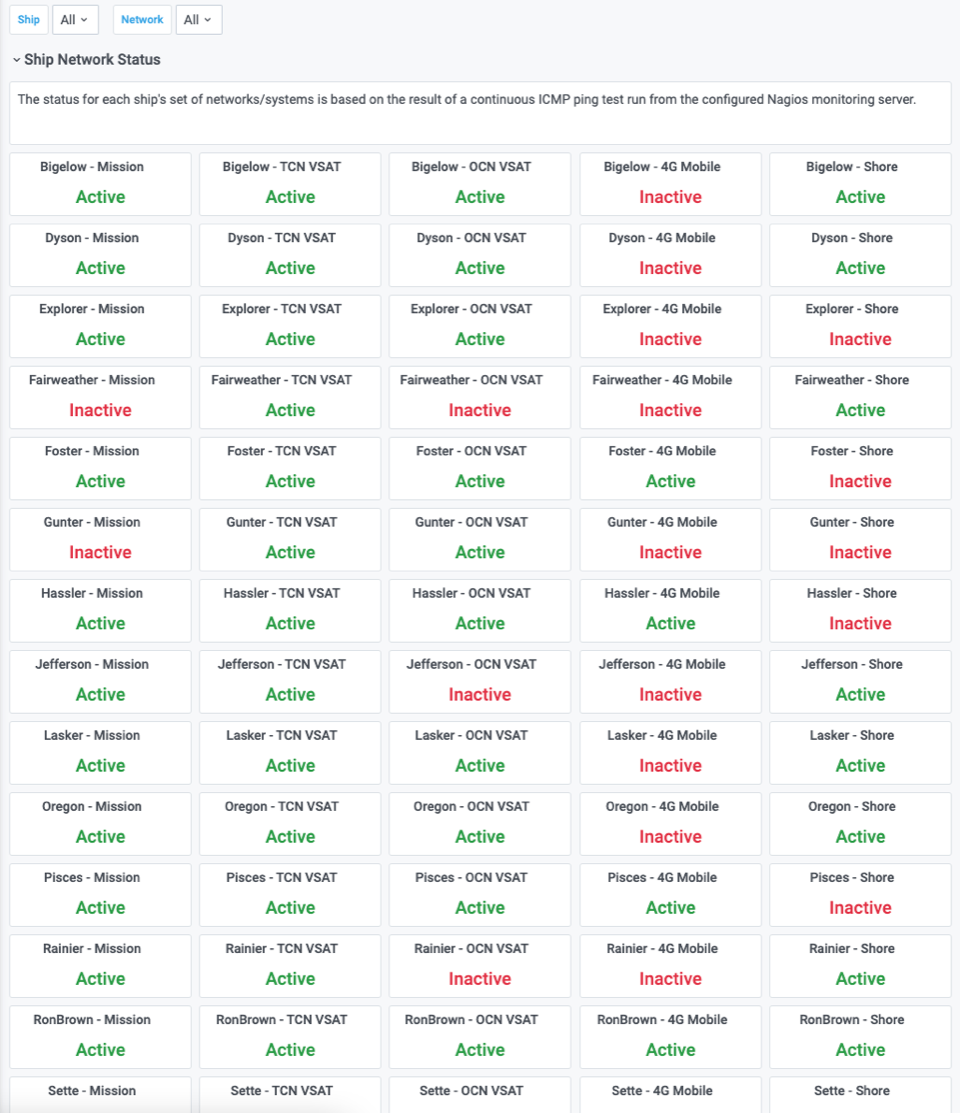
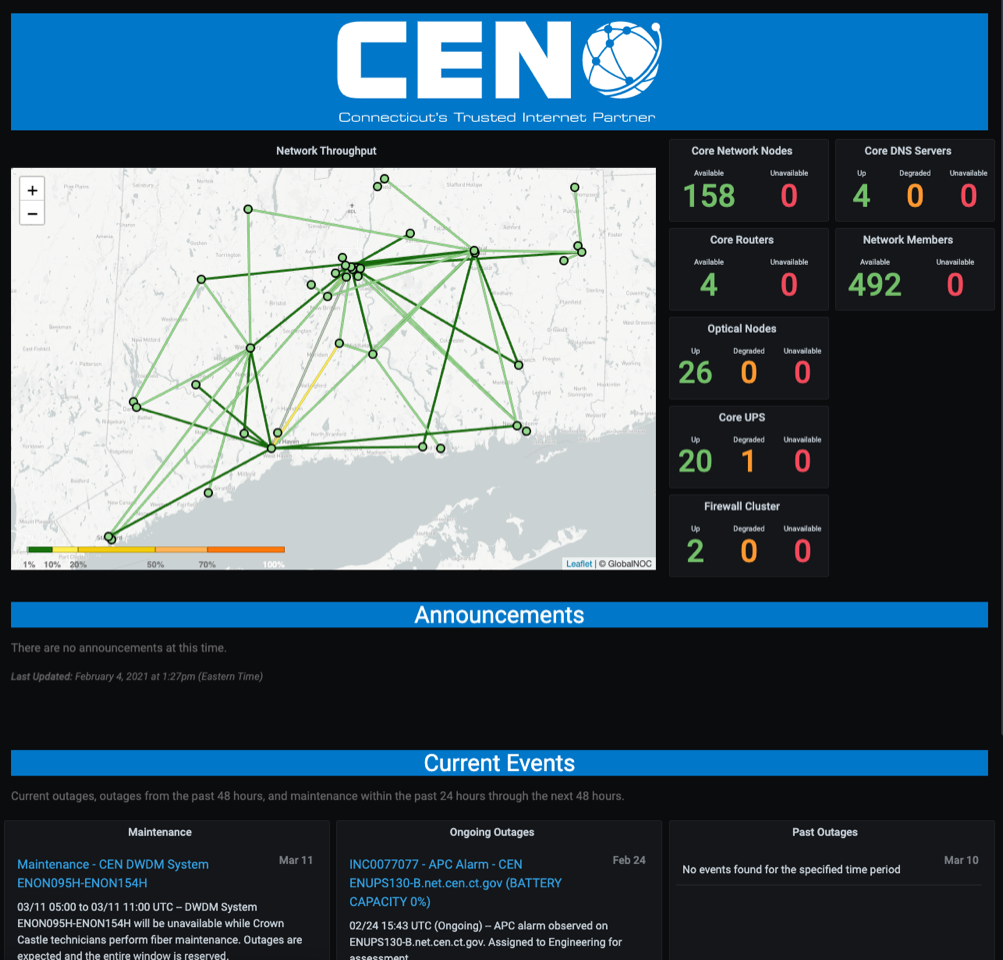
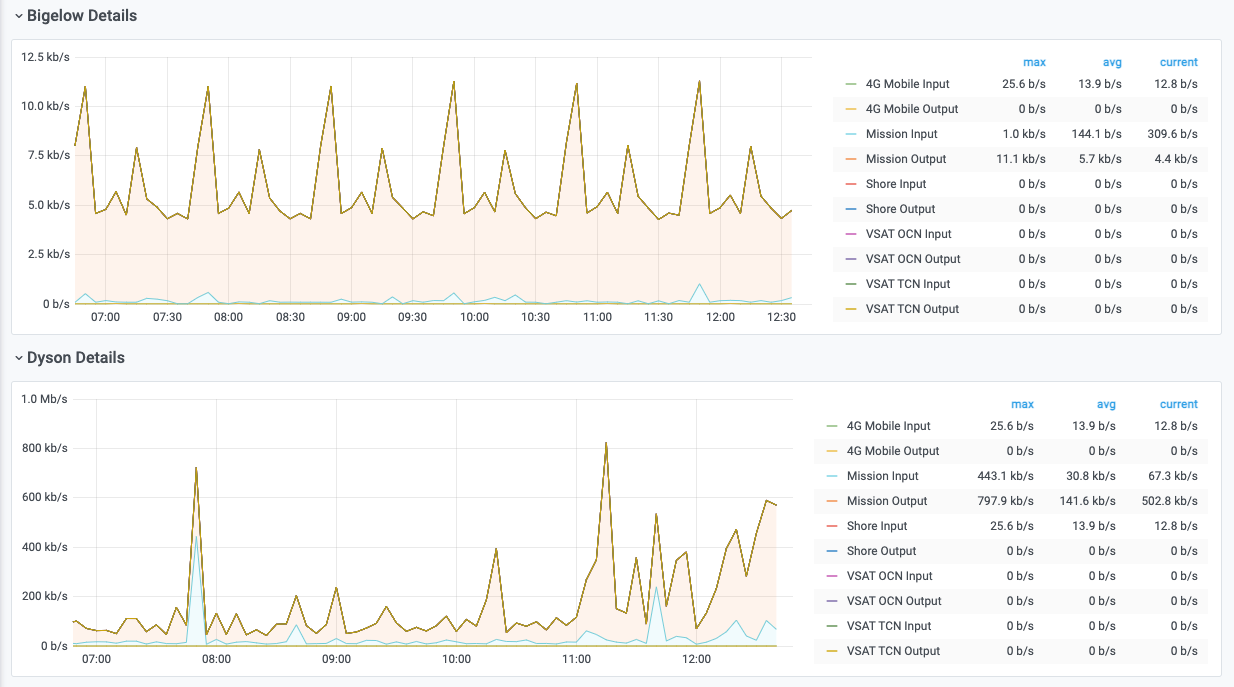
Network configuration automation
Automated configuration of network devices was a main focus of the GlobalNOC Renewal Program (GRP).
Network configuration automation included integrating and developing technical capability at GlobalNOC for this process and putting it into practice for networks we support. Networks with this automation mostly include those networks for which we provide Tier 3 network engineering support as well as the IU campus network. Throughout the course of GRP, it was also important to GlobalNOC to share what we learn and provide leadership in configuration automation within the R&E networking community.
GlobalNOC now has configuration automation solutions deployed for:
- N-Wave (transport and services networks)
- Indiana GigaPOP
- I-Light
- IU campus networks (core and edge networks)
- OSHEAN
- Internet2’s Secure Management Network
Over the past year, GlobalNOC has also been working with Internet2 to adapt its longstanding partner-effort automation software, Open Exchange Software Stack (OESS), which powers Internet2’s Cloud Connect service, and is available as open-source software.
OESS integrates with I2’s Next Generation Infrastructure (NGI) project, as well as with I2’s new automation platform, which is based on Cisco Network Services Orchestrator (NSO). These efforts will continue into 2021.
GlobalNOC staff have begun adopting these automation tools and have found additional applications outside of routine device configuration tasks. Some examples include:
- Automated detection and response of distributed denial of service attacks across the I-Light network
- Automated security credential rotation for network devices
- Automated scheduling of “round robin” (triage) and on-call engineer shifts in one of our systems engineering teams
- Automated deployment of software upgrades to GlobalNOC tools
Network configuration automation gallery
